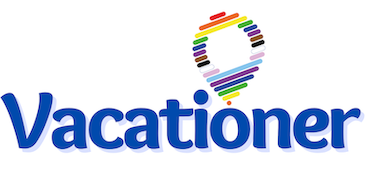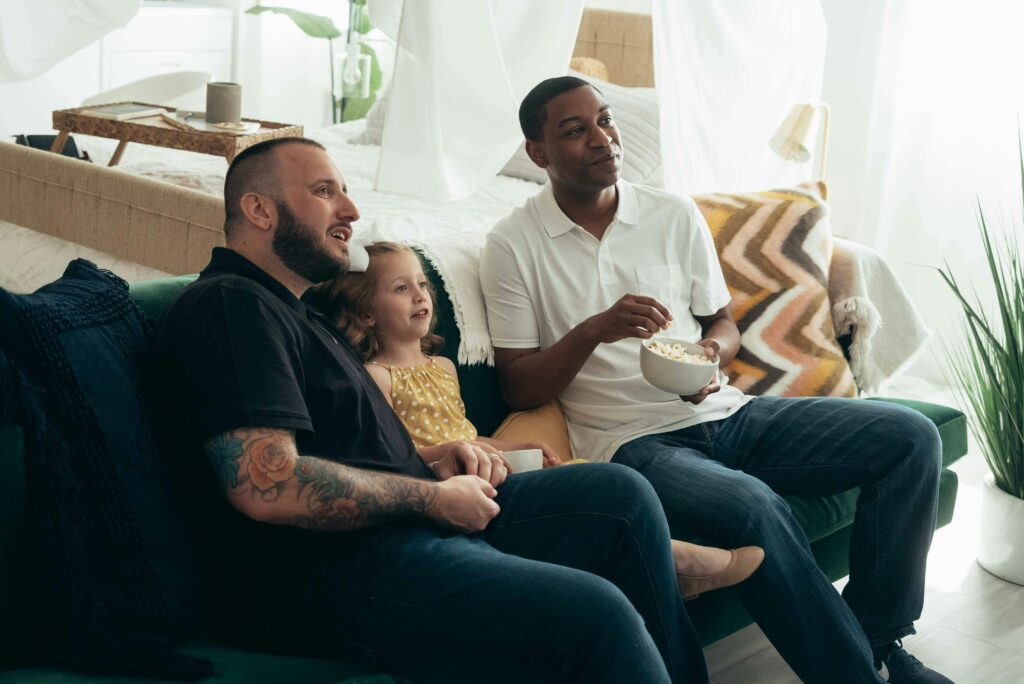
How to Pick the Right Programs for Kids When Traveling
You’re on the plane and on your way to vacation, but your little one is having a complete meltdown. You reach for the seatback entertainment system—but wait. Should you really press play on just any animated show or game?
Here’s the truth: you’re having this same internal debate that thousands of parents wrestle with daily, and you’ll have it again when you reach your hotel or vacation rental.
Quality screen time isn’t simply about buying yourself twenty minutes of peace (though let’s be honest, that matters too). The right educational shows for kids genuinely shape how your child grows and learns.
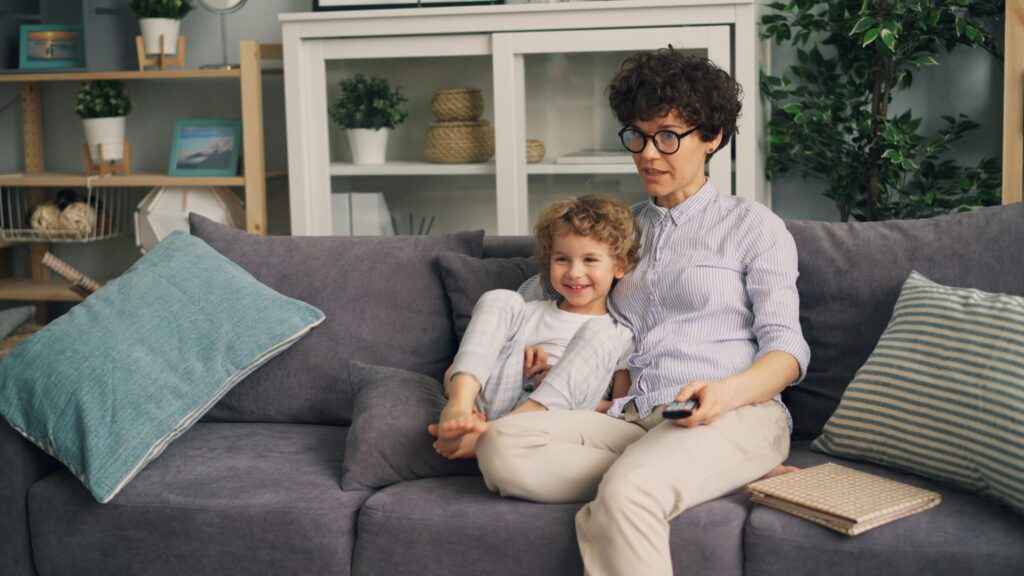
Matching Shows to Your Child’s Age: Why Developmental Stage Actually Matters
Once you grasp why educational content holds real value, your first move is matching what they watch to where they are developmentally—because what grabs a three-year-old’s attention will absolutely put your ten-year-old to sleep, and the reverse holds equally true.
Here’s something fascinating: research shows that when you simply swap out what children view, their social skills improve and behavioral issues decrease . Think about that for a second. Pretty remarkable, right?
The Best Picks for Your Toddler (Ages 2-4)
Let’s start with the littlest viewers, who need programming built specifically for their just-developing brains and emerging understanding of the world.
Educational programs for toddlers hit the mark when they’re brief, use repetition strategically, and stick to fundamental ideas. Take “Daniel Tiger’s Neighborhood”—it teaches kids how to handle big feelings through catchy songs that lodge themselves permanently in memory. “Sesame Street” continues crushing it for basic literacy and counting. Then there’s “Bluey,” which shows what healthy family relationships actually look like.
Complex plots? Forget it with toddlers. They tap out mentally after 15-20 minutes max, so hunt for episodes with obvious starts and finishes. The strongest programming circles back to core lessons repeatedly—which isn’t dull to them whatsoever, it’s literally their learning method.
Smart Choices for Preschoolers (Ages 4-6)
When toddlers mature into preschoolers, their vocabulary explodes and they can focus longer, opening doors to richer content that gets them classroom-ready.
Top kids learning shows for preschoolers include “Wild Kratts” for basic science and “Odd Squad” for puzzle-solving. These programs sneak in kindergarten readiness without the homework vibe. Preschoolers now track stories with multiple steps and grasp consequences.
Interactive features become gold at this stage. Programming that poses questions and waits for answers? That builds thinking skills. Your preschooler shouting responses at the TV? That’s not annoying—that’s learning in action.
Perfect Programs for Early Elementary Kids (Ages 6-8)
School-age children need different things from their screen time—content that strengthens what they’re learning in class while pushing their problem-solving abilities further.
This crowd loves shows diving deeper into topics. “The Magic School Bus” explores scientific concepts that align with classroom curriculum. “WordGirl” expands vocabulary through superhero storylines, transforming word learning from chore to entertainment.
Kids at this age handle longer episodes easily and appreciate nuanced stories. They’re ready for programming that doesn’t hand them every answer, creating space for independent thought.
Strong Learning Shows for Upper Elementary (Ages 8-10)
Between eight and ten, children can process sophisticated subject matter and thrive with programming exploring specialized areas—advanced scientific concepts, historical events, analytical reasoning.
Parents searching for educational tv shows for 8 year olds discover excellent choices in nature programming like “Our Planet” and historical series like “Liberty’s Kids.” These assume kids arrive with foundational knowledge and present ideas that ignite curiosity about our broader world.
Right now, the best kids’ shows for learning need to challenge intellectually without condescension. “Brainchild” on Netflix tackles complicated scientific principles through captivating demonstrations. “Brain Games” builds analytical thinking by exposing how our brains actually function.
Content That Works for Tweens (Ages 10-13)
As kids edge toward teenage years, their viewing should mature alongside them—addressing complex real-world topics while feeding their growing independence and reasoning capabilities. Tweens require content respecting their intelligence while remaining appropriate. “Explained” delivers concentrated deep-dives into current issues. “Abstract: The Art of Design” demonstrates creative problem-solving across disciplines.
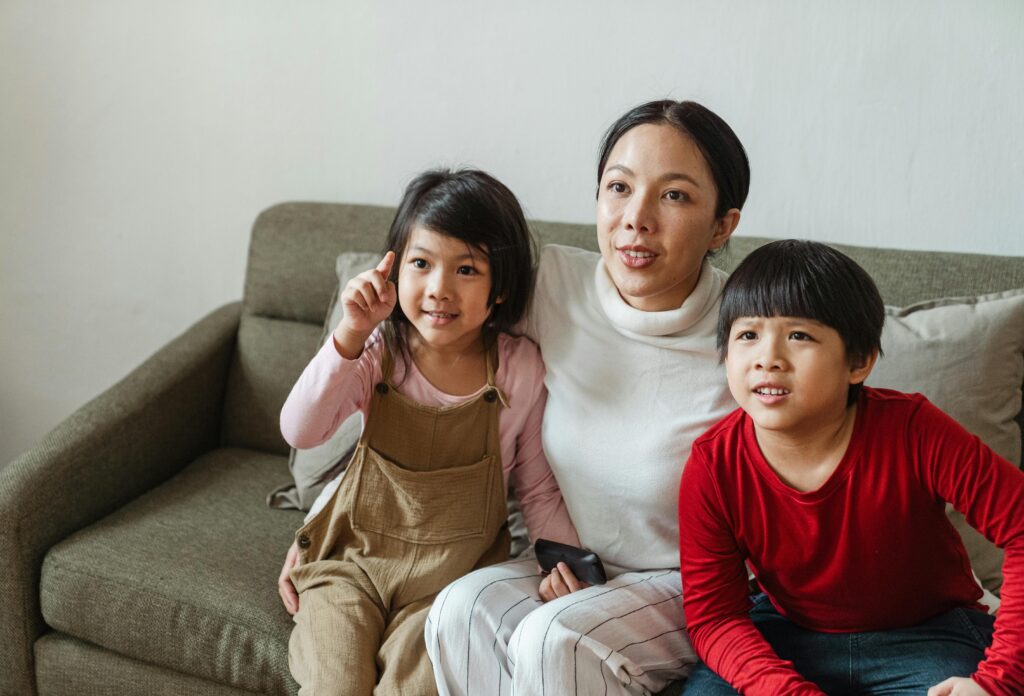
Essential Educational Features in Quality Kids’ Programming
Knowing age-appropriate options is half your job done—but you also need to recognize which specific teaching elements separate truly valuable shows from mediocre ones.
Building Blocks for Mental Growth
Start by identifying the cognitive development markers that quality educational programming should be strengthening consistently in your child. Seek out shows presenting challenges and letting characters solve them methodically. Pattern games and memory exercises should feel organic to the story, never shoehorned in.
Growing Emotional Intelligence
Beyond pure academics, the strongest educational TV shows for children also develop your child’s emotional awareness and relationship skills through thoughtfully constructed narratives. Programming should demonstrate empathy in action, show characters handling letdowns gracefully, and model productive ways to resolve disagreements. These soft skills? They matter enormously—arguably more than academic facts.
Supporting Classroom Success
While emotional growth proves crucial, top-shelf educational programming simultaneously reinforces the academic abilities your child requires to flourish at school. Content should boost reading skills, introduce math concepts organically, and kindle scientific wonder. Superior shows transform learning into exploration rather than instruction.
Where to Stream Quality Educational Content for Your Kids
Now that you understand what makes programming valuable, let’s pinpoint where you’ll actually find these educational treasures across current streaming services.
PBS Kids: Still the Reigning Champion
Sure, Netflix offers convenience, but PBS Kids maintains its crown for educational excellence with research-backed, curriculum-aligned programming developed over decades. Studies consistently find that Sesame Street correlates with positive learning outcomes.
Everything on PBS Kids costs nothing and runs zero commercials. Shows like “Molly of Denali” and “Xavier Riddle” meet stringent educational criteria. You can trust this platform blindly.
What Netflix Offers
Netflix mixes mainstream entertainment with surprisingly solid educational options that many parents completely overlook. “StoryBots” makes learning hilarious for younger viewers, while “Octonauts” teaches marine biology. Their age-based filtering helps you narrow choices rapidly.
Disney+ Hidden Gems
If you’re already paying for Disney+, you’ll find educational content tucked within its entertainment catalog, especially through National Geographic collaborations. The “Magic of Disney’s Animal Kingdom” series and classic “Bill Nye” episodes provide legitimate learning between animated features.
Getting the Most from Educational Screen Time
Discovering great educational programming is step one—how and when your child watches matters just as much for actual learning outcomes.
Building a Varied Viewing Menu
Just like nutritionists recommend diverse food groups, media specialists suggest mixing content types to support balanced development. Don’t allow marathon sessions of identical shows. Blend science with arts, narrative with documentary. Variety maintains brain engagement and prevents topic fatigue.
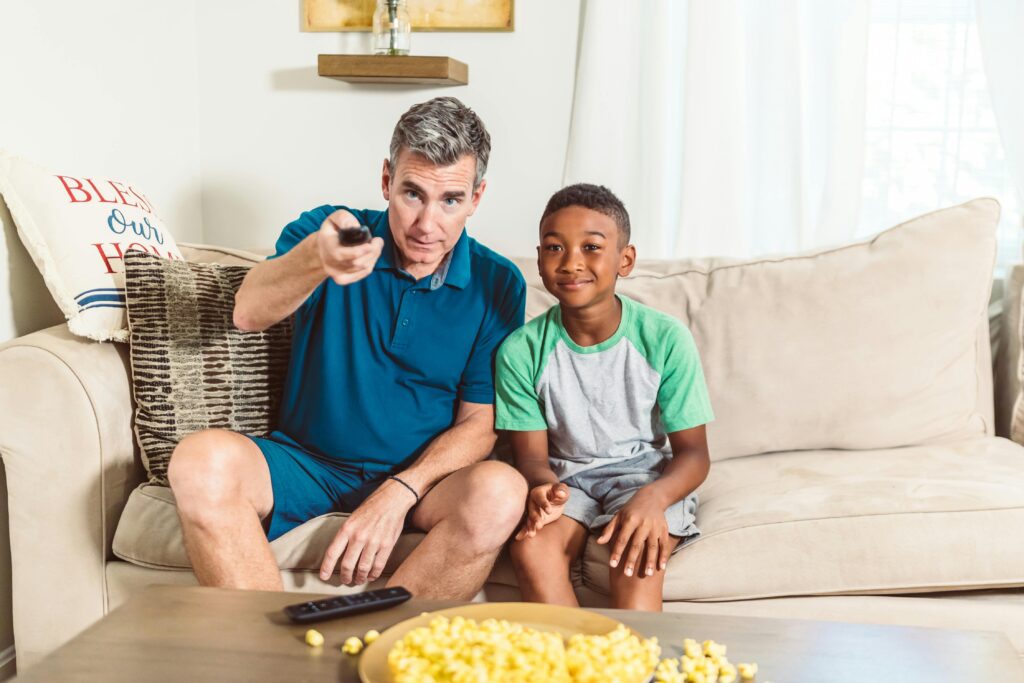
Watching Together Amplifies Learning
Even more critical than time limits is actively participating during viewing to convert passive watching into interactive education. Pose questions during natural breaks. “Why’d that character make that choice?” or “How would you handle that situation?” Simple prompts like these double educational impact.
Warning Signs: When “Educational” Programming Isn’t
While we’ve concentrated on finding quality content, you equally need to spot red flags indicating a show might cause more harm than good.
Spotting Fake Educational Content
Not everything marketed as “educational” delivers genuine learning—plenty of programming uses deceptive labeling to disguise purely commercial ventures. Watch out for shows that primarily exist to move merchandise. When every episode feels like an extended toy commercial, trust your instincts. Authentic educational content teaches concepts extending beyond the show itself.
When Screen Time Becomes Problematic
Even with quality educational programming, excessive viewing can trigger concerning behaviors signaling it’s time to reevaluate your family’s media patterns. Monitor for meltdowns when viewing ends, trouble concentrating on non-screen tasks, or relentless requests for “just one more.” These warnings mean you need to scale back.
Parent Questions About Educational Programming
Do educational shows genuinely help children learn?
Absolutely, research repeatedly demonstrates that quality educational content enhances vocabulary, problem-solving abilities, and social-emotional development when age-matched and viewed moderately with parental engagement.
When should I introduce educational TV to my child?
Most specialists recommend waiting until age two for any screens. From 2-5 years, cap daily viewing at one hour of high-quality programming, always selecting slower-paced, educational options.
How much educational screen time suits different ages?
Toddlers need under an hour daily, preschoolers manage 1-2 hours, and elementary children might handle two hours, though quality trumps quantity across all ages.
Transform Screen Time Into Growth Opportunities
With these strategies, platform suggestions, and evaluation standards, you’re now prepared to convert screen time into a meaningful developmental tool for your child. Stop stressing about perfection with media selections. Even seasoned parents mess up, throw on questionable content during desperate moments, or bend screen time rules occasionally. Your goal isn’t perfection—it’s being purposeful. When you’re deliberate about viewing choices most of the time, those occasional lapses won’t undermine their development. Begin small by replacing just one show this week with a stronger alternative, then grow from there.
